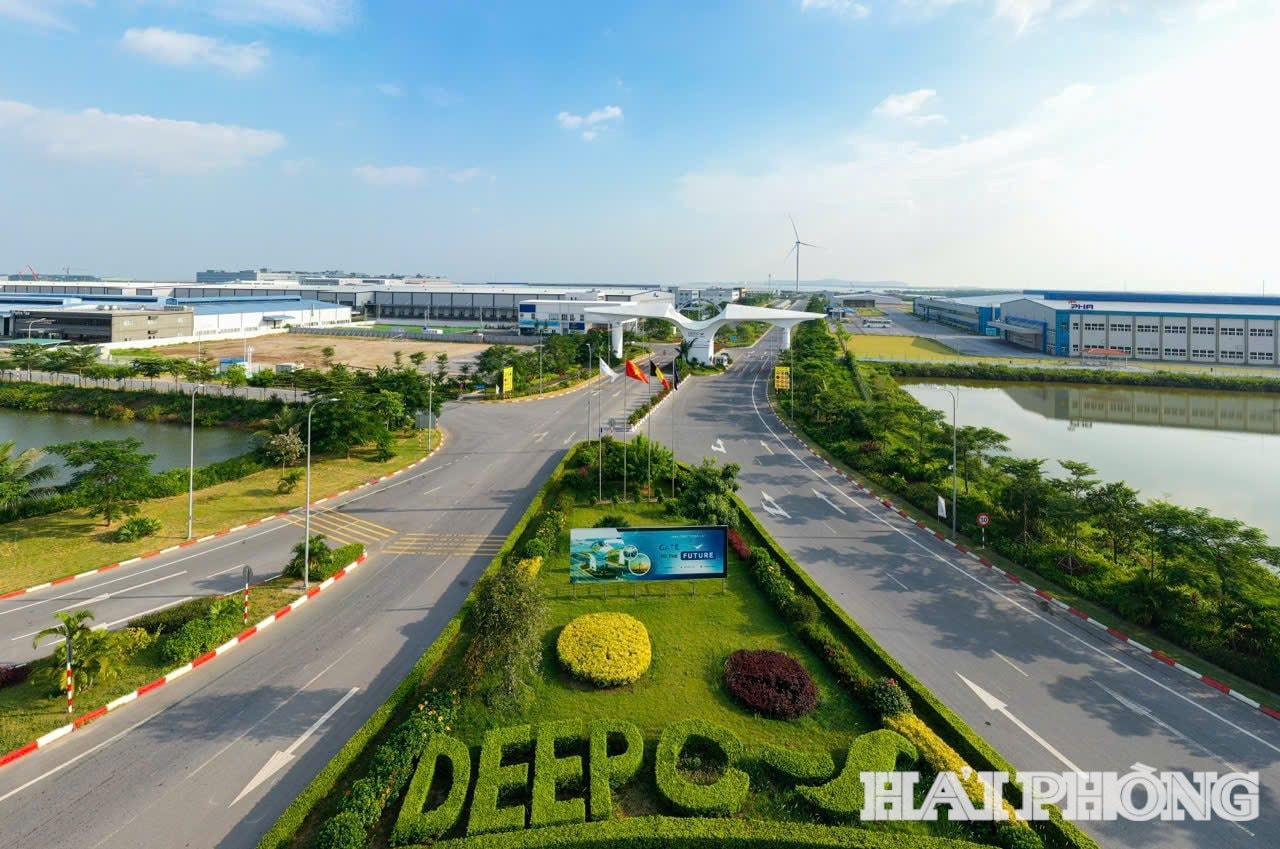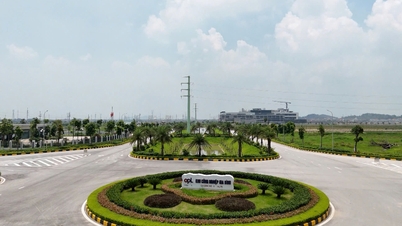
Merging provinces and cities and streamlining the administrative apparatus is expected to create stronger growth poles, helping to optimize resources, improve management efficiency and attract investment in key areas, thereby promoting regional economic development and enhancing the country's overall competitiveness.
Economically, the merger will create larger economic zones, increase competitiveness and maximize development potential. In addition, the merger will also create new "capitals" to attract FDI with larger scale and higher competitiveness. In particular, Ho Chi Minh City after merging with Binh Duong and Ba Ria - Vung Tau is expected to become the largest economic center in the country and the leader in attracting FDI. In addition, the merger will also help optimize public investment and concentrate resources to develop large-scale infrastructure projects, avoiding the situation of scattered investment.
Particularly for the industrial real estate market, the adjustment of administrative boundaries of provinces and cities is expected to create a boost for this market in the strategic transition period. If implemented properly, this process can create leverage for the formation of large-scale industrial - urban areas, more attractive in the eyes of international investors.
Expanding administrative boundaries helps provinces plan more new industrial parks with larger areas, providing more options for businesses. By increasing land funds, domestic and foreign businesses will easily find suitable locations to open factories, avoiding the scarcity of industrial land in localities with high demand.
In addition, after the merger, provinces with larger areas have conditions for clearer zoning, thereby developing specialized industrial parks or industrial complexes, such as supporting industrial parks or specialized supporting industrial parks specializing in providing components and spare parts for large manufacturing industries or a specific manufacturing industry such as automobiles and semiconductors.
Adjusting administrative boundaries will inevitably affect a series of factors: from land use planning, investment licensing, to legal procedures related to the environment and construction. Therefore, in the short term, businesses may encounter difficulties due to changes in management and policies that have not been synchronized between merged localities. However, in the long term, this is a great opportunity to rebuild a more transparent and effective legal framework. Coordinating and unifying procedures in new administrative areas will help save time and improve investor confidence.
Notably, the labor force is the foundation for the competitiveness of industrial real estate. Changing boundaries can affect workers' residence plans, administrative registration and traffic connections. This can be a barrier if not prepared, but at the same time, it is an opportunity to rebuild the labor supply network in a regional and inter-provincial direction.
If the merger is carried out in sync with infrastructure investment, especially belt roads, seaports, airports and digital infrastructure, industrial parks will no longer be limited by administrative boundaries. Enterprises can access workforces from more localities, with more optimal operating costs.
The development of inter-regional infrastructure also promotes the trend of moving away from traditional industrial markets, where supply is limited and investment costs are increasing. New localities with large, cheap land funds and improved infrastructure will have the opportunity to become new industrial centers.
PV (synthesis)Source: https://baohaiphong.vn/co-hoi-cua-bat-dong-san-cong-nghiep-520501.html



![[Photo] Keep your warehouse safe in all situations](https://vphoto.vietnam.vn/thumb/1200x675/vietnam/resource/IMAGE/2025/10/1/3eb4eceafe68497989865e7faa4e4d0e)
![[Photo] President of the Cuban National Assembly visits President Ho Chi Minh's Mausoleum](https://vphoto.vietnam.vn/thumb/1200x675/vietnam/resource/IMAGE/2025/10/1/39f1142310fc4dae9e3de4fcc9ac2ed0)

![[Photo] Hanoi morning of October 1: Prolonged flooding, people wade to work](https://vphoto.vietnam.vn/thumb/1200x675/vietnam/resource/IMAGE/2025/10/1/189be28938e3493fa26b2938efa2059e)






























































































Comment (0)